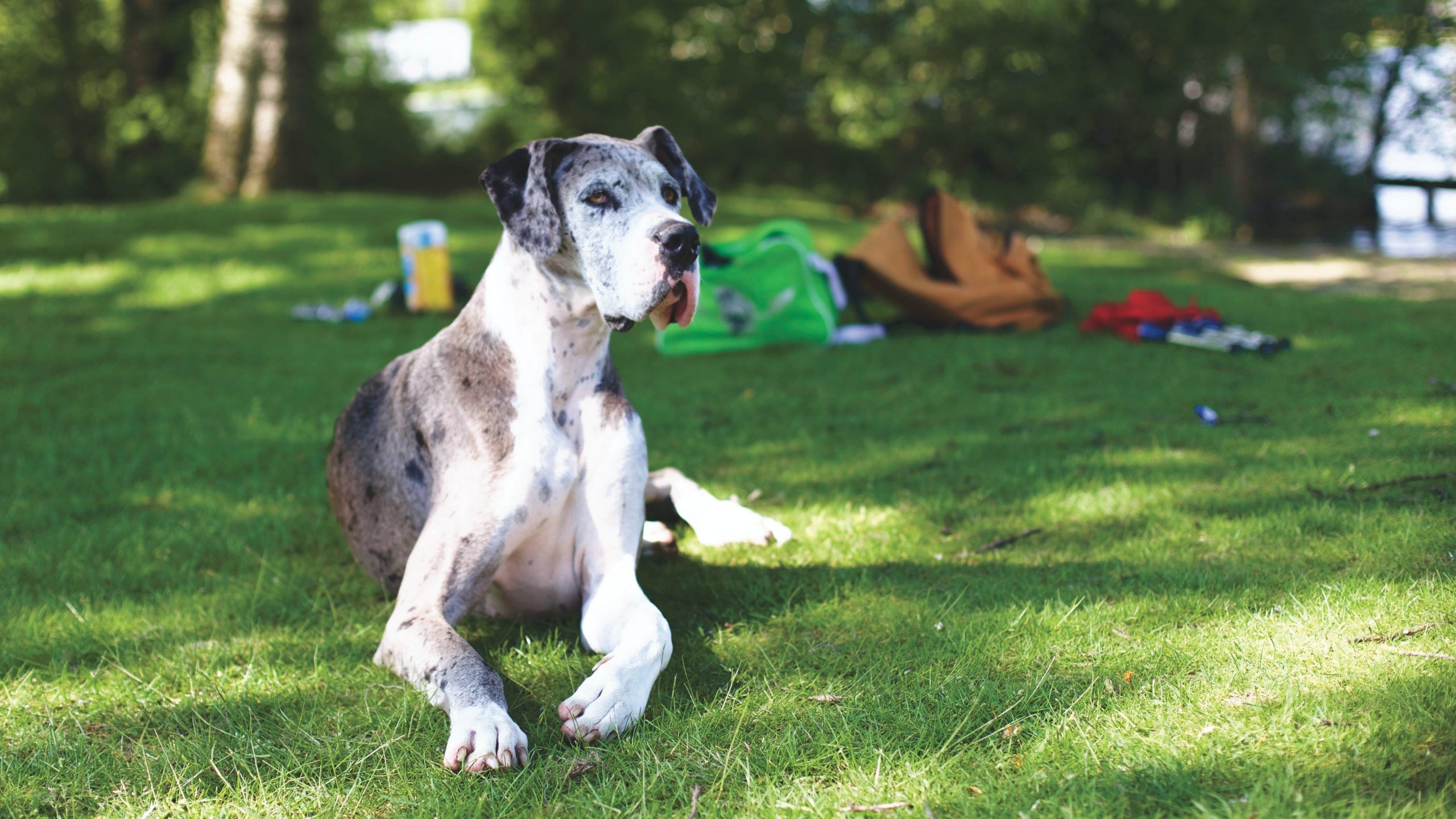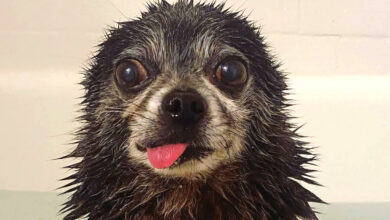What’s The Best Age to Neuter a Male Great Dane?

Neutering, the surgical removal of the testicles in male dogs, is a standard procedure aimed at controlling reproduction and influencing behavior and health. The decision of when to neuter a male Great Dane is particularly important due to the breed’s size and specific health concerns.
1. Veterinarian Consensus on Neutering Age
a. General Recommendations
Veterinarians often recommend neutering dogs based on various factors, including breed, size, and health. For male Great Danes, the consensus tends to favor neutering after they reach physical maturity, which can be around 12 to 18 months of age, due to their large size and slower maturation rate.
b. Breed-Specific Considerations
Great Danes are prone to specific health issues, such as joint problems and certain types of cancer. Veterinarians usually consider these factors when advising on the timing of neutering, balancing the benefits of early neutering against potential health risks.
2. Advantages of Early Neutering
a. Behavioral Benefits
Neutering at a younger age, typically before one year, can reduce aggression and territorial behavior. It can also decrease the likelihood of roaming and marking, which hormones influence.
b. Health Advantages
Early neutering can lower the risk of testicular cancer and may reduce the likelihood of certain prostate problems. It can also prevent unwanted breeding, contributing to population control.
3. Disadvantages of Early Neutering
a. Health Risks
Neutering a Great Dane too early can lead to increased risks of orthopedic issues, such as hip dysplasia and cruciate ligament injuries. This is a significant consideration for a breed predisposed to joint problems.
b. Impact on Physical Development
Early neutering can affect the physical development of the dog, potentially leading to a lighter bone structure and affecting their overall stature and physical robustness, which is a defining characteristic of Great Danes.
4. Advantages of Later Neutering
a. Physical Development
Waiting until the Great Dane reaches full maturity before neutering can result in a more robust physical build, essential for their overall health and well-being.
b. Behavioral Maturity
Neutering after the dog has reached behavioral maturity can ensure the development of a more stable temperament, having experienced the full spectrum of natural hormonal growth.
5. Disadvantages of Later Neutering
a. Increased Health Risks
Delaying neutering can increase the risk of certain types of cancer and prostate diseases. It can also result in unwanted breeding, contributing to the problem of dog overpopulation.
b. Behavioral Challenges
Intact males may display more pronounced aggressive and territorial behaviors. These behaviors can become more ingrained if neutering is delayed for too long.
6. Alternatives to Traditional Neutering
a. Vasectomy
A vasectomy, which involves severing but not removing the vas deferens, is a less invasive option. It prevents reproduction while maintaining the dog’s testicles, thus preserving hormonal balance.
b. Chemical Neutering
Chemical neutering involves injecting a substance that reduces testosterone levels and effectively renders the dog sterile. This method is less invasive and can be a viable alternative for owners concerned about surgical neutering risks.
Conclusion
Determining the best age to neuter a male Great Dane involves careful consideration of the breed’s specific needs, health risks, and individual circumstances. The decision should be made in consultation with a veterinarian familiar with the breed. Whether opting for traditional neutering or exploring alternatives, the focus should always be on the welfare and quality of life of the Great Dane.
Frequently Asked Questions A Pit Bull Owner Might Ask Before Neutering Their Great Dane
1. What is the best age to neuter my Great Dane?
The best age to neuter a Great Dane is typically after they reach physical maturity, around 12 to 18 months. This timeframe allows their bones and joints to develop fully, reducing the risk of orthopedic problems common in large breeds. Discussing the specific timing with your veterinarian is essential, as individual health factors can influence the decision.
2. Will neutering affect my Great Dane’s personality?
Neutering can influence behaviors driven by hormones, such as aggression, territorialism, and the urge to roam. However, it is unlikely to change your Great Dane’s core personality traits. Training, socialization, and environment play a significant role in shaping overall behavior.
3. Are there health risks associated with neutering my Great Dane?
As with any surgical procedure, neutering carries risks like reactions to anesthesia, infection, or bleeding. Early neutering can increase the risk of orthopedic problems in Great Danes due to their large size. Discussing these risks with your vet and planning for appropriate post-operative care can help minimize complications.
4. How long does recovery take after neutering a Great Dane?
Recovery time for a Great Dane after neutering usually ranges from one to two weeks. It’s important to limit your dog’s physical activity during this period to prevent strain on the surgical site. Your vet will provide specific post-operative care instructions to ensure a smooth recovery.
5. Can neutering prevent future health issues in my Great Dane?
Neutering can reduce the risk of certain health issues, such as testicular cancer and some prostate problems. It’s not a guarantee against all health problems, but it can be a proactive step in promoting a healthier life for your Great Dane. Regular veterinary check-ups remain essential for ongoing health monitoring.
6. How will neutering affect my Great Dane’s weight and activity level?
After neutering, some Great Danes may experience a decrease in metabolic rate, potentially leading to weight gain if their diet and exercise aren’t adjusted accordingly. Monitoring their weight and regular exercise is essential to keep your Great Dane healthy and active.
7. Does neutering impact the growth of a Great Dane?
Neutering before a Great Dane reaches full physical maturity can impact their growth, potentially leading to lighter bone structure and altered body composition. Since Great Danes are a giant breed with specific growth patterns, it’s important to consider the timing of neutering to support healthy development.
8. What is the difference between neutering and spaying?
Neutering, or castration, involves removing the testicles in male dogs, while spaying, or ovariohysterectomy, involves removing the ovaries and uterus in female dogs. Both procedures are forms of sterilization to prevent reproduction, but they differ in surgical processes and physiological impacts.
9. What behavioral changes might I expect in my Great Dane after neutering?
Post-neutering, some Great Dane owners notice reduced behaviors such as aggression, roaming, and marking. It’s important to understand that neutering is not a solution for all behavioral issues, especially those unrelated to hormonal influences. Consistent training and socialization remain vital in managing your dog’s behavior.
10. Is my Great Dane still eligible for dog shows after being neutered?
Neutering can affect eligibility in certain traditional breeding-focused dog shows. However, many performance-based competitions, like agility or obedience, allow neutered Great Danes to participate. Always check the specific rules of the competition to understand the eligibility criteria.





